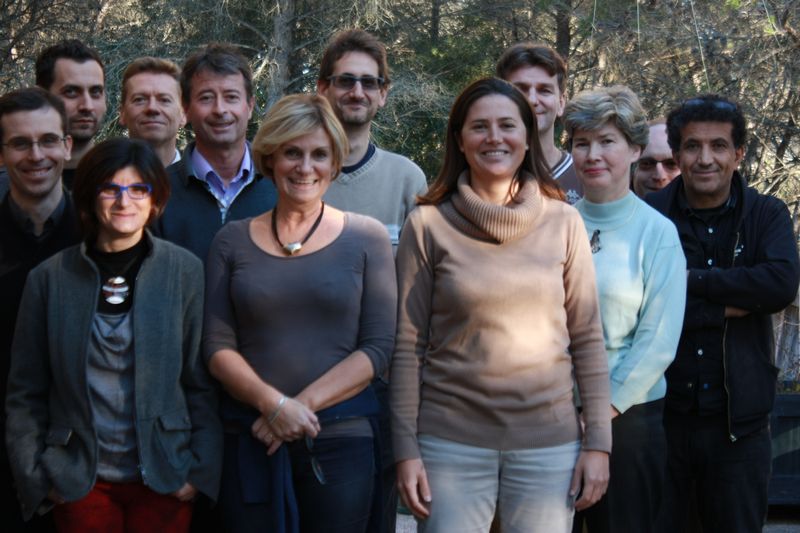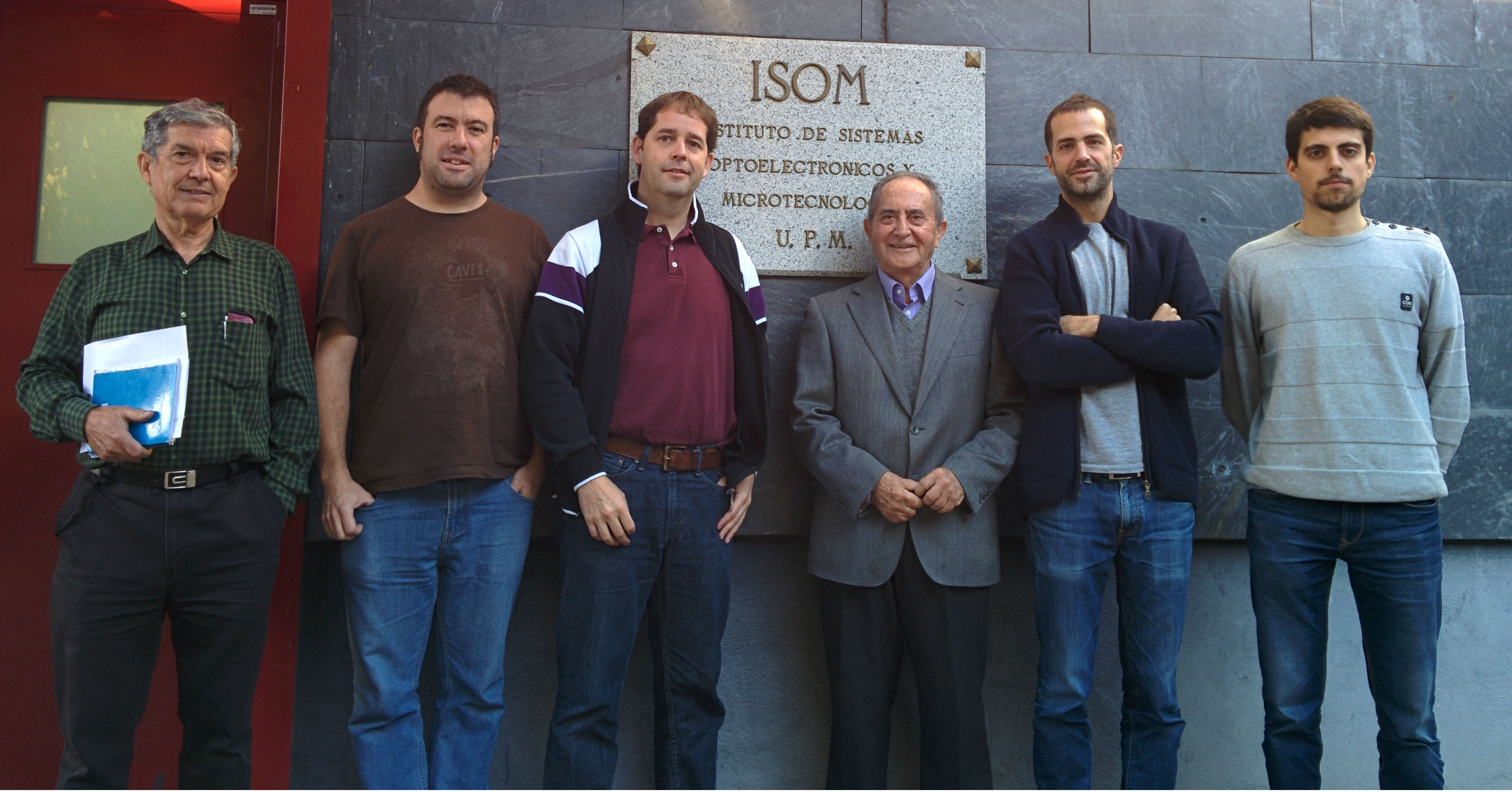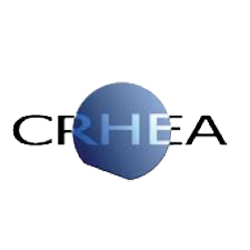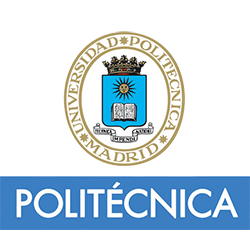Partners
Centre de Recherche sur l'Hétéro-Epitaxie et ses Applications
Centre National de la Recherche Scientifique
PI: Jean-Michel Chauveau
Research team ∨

The Centre de Recherche sur l'Hétéro-Epitaxie et ses Applications (CRHEA) belongs to the French Centre National de la Recherche Scientifique (CNRS) and is located in Valbonne, southern France. The research at CNRS-CRHEA is mainly dedicated to the growth of wide band gap semiconductors (SiC, GaN, ZnO) by molecular beam epitaxy, metalorganic chemical vapor deposition, and chemical vapor deposition. CNRS-CRHEA is a leading institute in France and Europe in the area of epitaxial growth for GaN and ZnO based materials, from the point of view of the material fundamentals and also the applications in electronic devices. CNRS-CRHEA's staff comprises about 55 people including 10 PhD students.
Within ZOTERAC, CNRS-CRHEA will develop a state-of-the-art ZnO/ZnMgO heterostructure growth and will provide samples to WP3 and WP4. In addition, it will also carry out a part of the structural characterizations. In the project, CNRS-CRHEA will be leader of WP2 (Growth and Material Characterization) and WP6 (Work plan coordination and project management). Moreover, CNRS-CRHEA will be the coordinator of the project.
The University Nice Sophia Antipolis. Third party linked to CNRS-CRHEA.
The University Nice Sophia Antipolis (UNS) is a multidisciplinary university. Founded in 1965, it operates throughout the Alpes Maritimes in Nice, Cannes, Menton, Grasse and is a key player in the technology park of Sophia Antipolis. It annually hosts more than 25,000 students -including approximately 1,300 graduate students, nearly 20 % from outside France- spread over several campuses and training and research units. It has a staff of nearly 2,700: more than 1,600 teachers and faculty members, and nearly 1,100 instructors and administrative staff (library personnel, engineers, administrative, technical, and service staff, or health personnel). Approximately 200 theses are defended each year in the UNS. The UNS has 12 main campuses of 300,000 m² of premises, 9 faculties, 2 institutes and two schools.
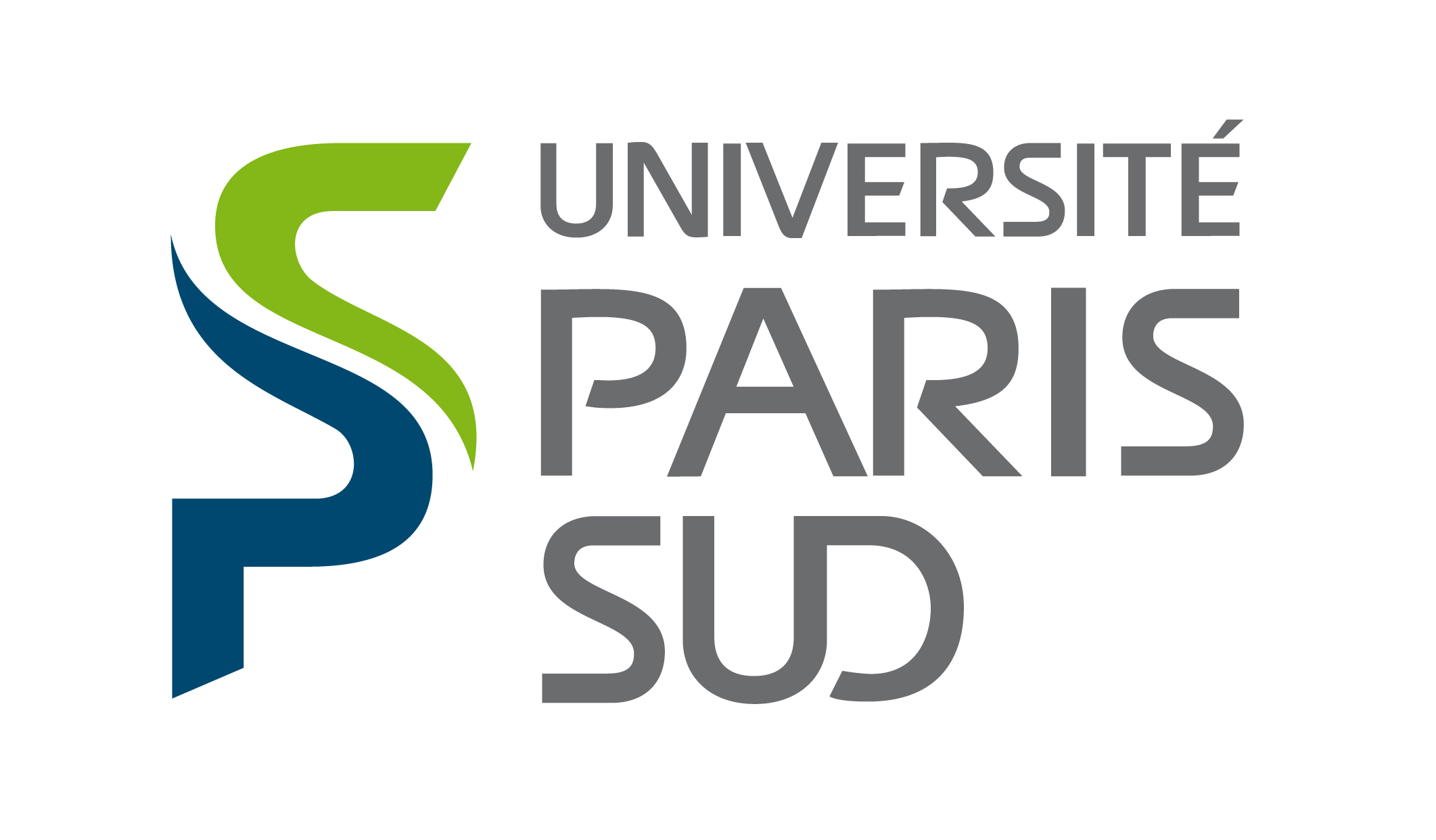
The Institut d’Electronique Fondamentale (UPSud/IEF) is one of the largest laboratories of University of Paris-Sud with 283 members including 83 permanent researchers, 160 PhD students and postdoctoral researchers and 40 technical and administrative staff members. Its activities are dedicated to nanoscience, namely nanophotonics, nanoelectronics, and micro-nano systems, and hosts one of the seven major nanotechnology clean-room facilities in France: The CTU IEF-Minerve. The nanophotonics research group has developed a strong expertise on intersubband physics and devices in various III-V and IV-IV semiconductor materials in the form of quantum wells, quantum dots, and more recently nanowires. Its current activities are the investigation of ultrafast optoelectronic devices for fiber optics telecommunication systems based on wide band gap semiconductors as well as the development of quantum cascade detectors and lasers in the mid-IR to THz spectral range making use of advanced photonic technologies.
Within ZOTERAC, UPSud/IEF will provide its expertise in the design of quantum cascade intersubband devices using wide band gap semiconductors (WP1), on device fabrication (WP3) as well as on interband, intersubband, electrical, and opto-electrical characterizations of the devices (WP4).
Instituto de Sistemas Optoelectrónicos y Microtecnología
Universidad Politécnica de Madrid
PI: Adrián Hierro
Research team ∨
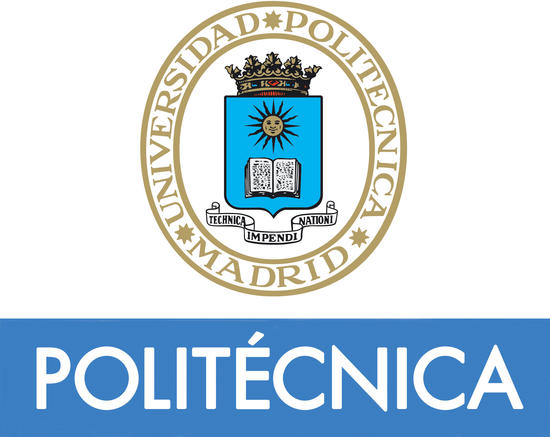
The Institute for Systems based on Optoelectronics and Microtechnology (ISOM) is a multidepartmental research institution devoted to graduate research and education in electrical engineering that belongs to the Universidad Politécnica de Madrid (UPM). It has 400 m2 of clean-room processing facilities and 300 m2 of characterization and system development laboratories. ISOM has been recognized by the Spanish Ministry of Education as a Spanish Large Scale Facility (ICTS), and provides processing and characterization services to research laboratories in Spain and in the EU. Currently, ISOM consists of 15 permanent staff researchers, 12 postdoctoral researchers, and around 25 PhD students, working in the fields of microelectronic systems, optoelectronics, and nanotechnologies, and 2 process technicians and 1 process engineer. Members of ISOM belong to 5 different departments of UPM.
In the project ISOM-UPM will be involved in the optical, structural, and electrical characterization of the materials (WP2). They will use their knowledge of the ZnO material properties to develop an efficient material and heterostructure measurement routine to provide a quick feedback to the grower partner (CNRS-CRHEA). They will develop a methodology to assess the properties of ZnMgO/ZnO interfaces at the atomic resolution level. Also, they will develop a wet etching recipe for ZnO and provide their processing facilities in case of technical difficulties encountered in the consortium (WP3). They will in charge of the developments of quantum well photodetectors (WP4). In addition, they will be in charge of the project communication, dissemination, and the exploitation of the results (WP5).
Technische Universität Wien
PI: Gottfried Strasser
Research team ∨
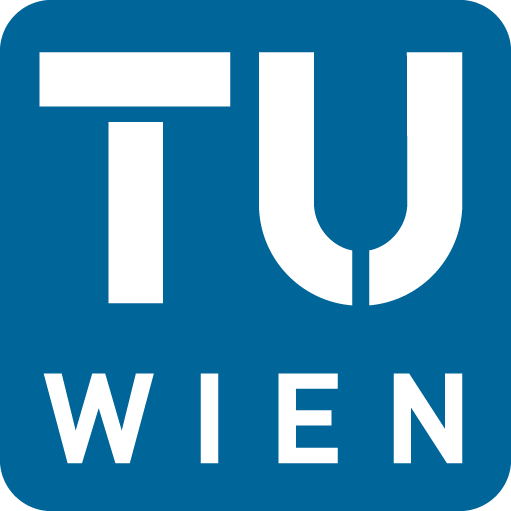
The TU Wien is the largest and highest ranked technical university in Austria. In ZOTERAC it is represented by the Institute for Solid State Electronics and the clean room of the TU Wien, the Center for Micro- and Nanostructures, both active in basic and applied research. The TU Wien have III-V growth systems and has expertise in the field of optical and electrical characterisation of devices, semiconductor materials, and device physics. Intersubband devices have a long tradition at the TU Wien, including optically and electrically pumped quantum cascade lasers.
The main objective of TU Wien within the project is to develop a reliable processing technology of ZnO/ZnMgO heterostructures to be able to fabricate ZnO-based intersubband devices (WP3). The quality and composition of the material growth (WP2) as well as different designs (WP1) will have an influence on the processing parameters.
Eidgenoessische Technische Hochschule Zürich
PI: Jerome Faist
Research team ∨

ETH Zurich is one of the leading international universities for technology and the natural sciences, well known for its excellent education, ground-breaking fundamental research and for implementing its results directly into practice.
ETHZ’s Institute for Quantum Electronics team has a long experience in the modelling, realization, and development of high performance quantum cascade lasers (QCL). ETHZ first demonstrated room-temperature CW operation of a Mid-IR QCL, developed the bound-to-continuum design approach, and demonstrated the operation of broadband, Mid-IR QCL in external cavity. In the THz range, ETHZ realized the first operation of THz QCL above liquid nitrogen, the lowest achieved frequency for a THz QCL. Recently, Prof. Faist's group has also focused on the development of photonics for THz QCLs, with the realization of collimated THz emission from a 3rd order, double-metal DFB laser and the demonstration of THz QCL oscillating in an electronic-based resonator. Focusing on active region simulation, the group has recently developed a simulation device based on the density matrix approach that can reliably predict the electronic and optical characteristics of a QCL.
In the project, ETHZ will be in charge of the modelling and the design of the quantum cascade devices (WP1). So, after the development of their own software code to fit the ZnO material system, they will play a key role by providing the optimized structure designs of all the project devices (QCL, QCD, QWIP…). Their quantum cascade device background will also be beneficially used through their implication on the QCD and the QCL characterization stages.


